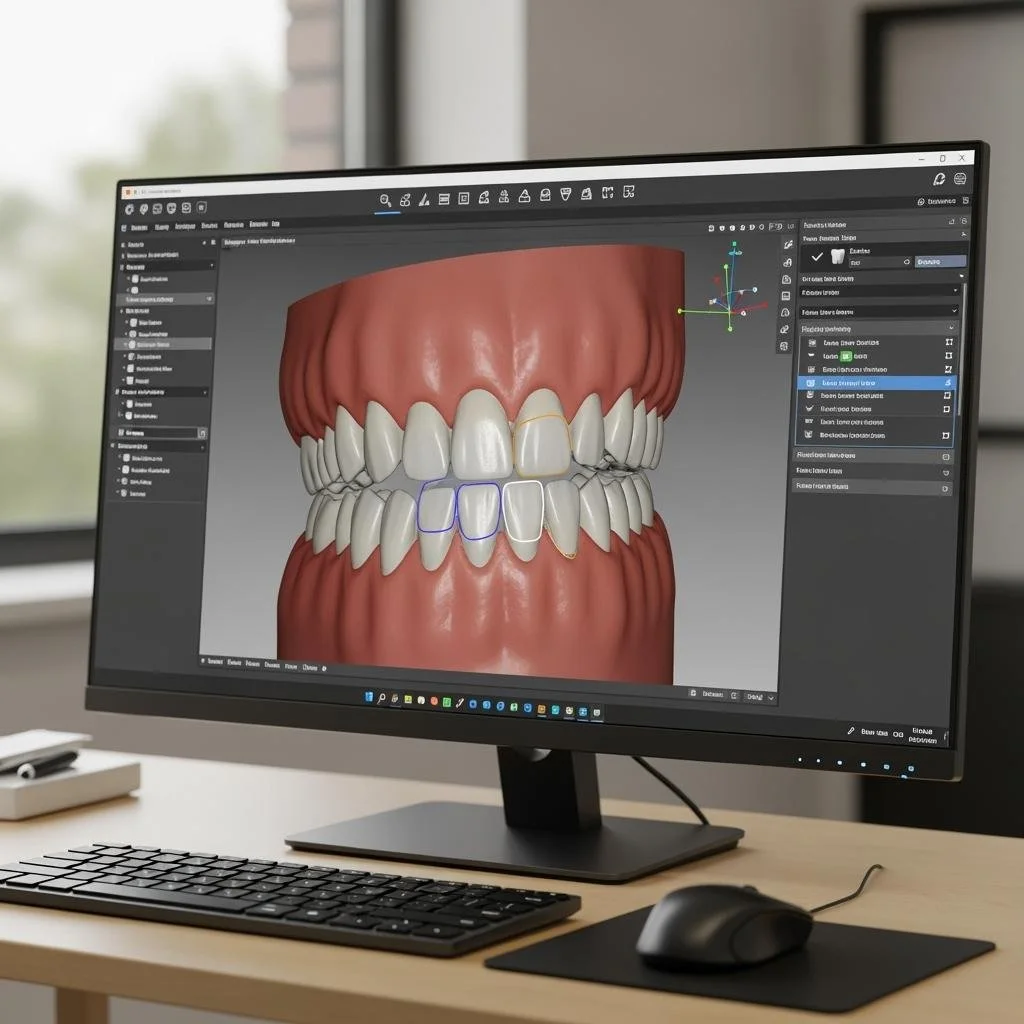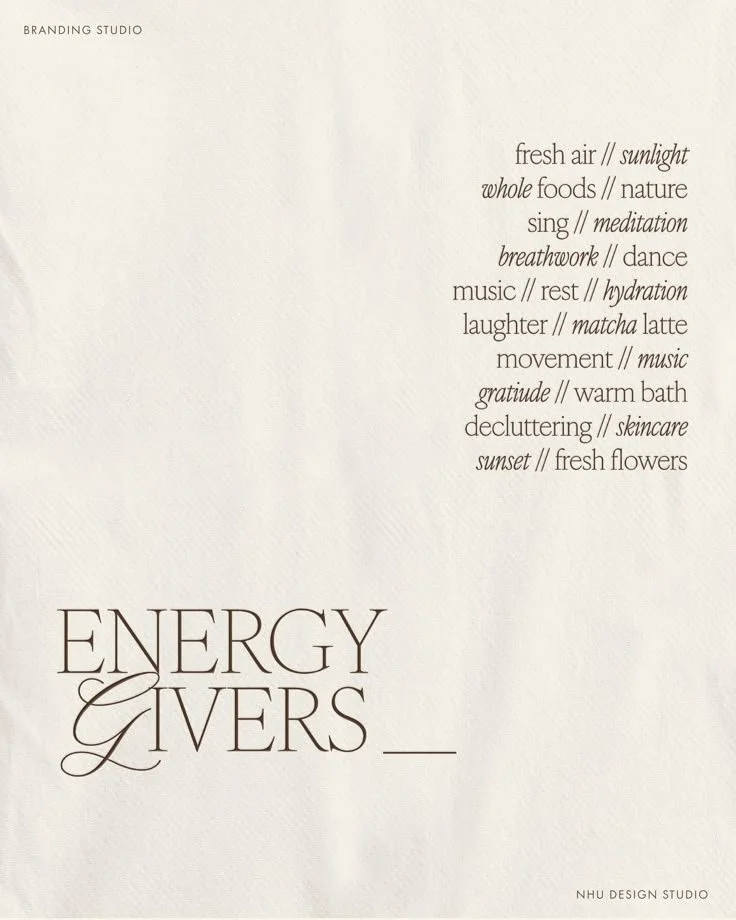The Signs Your Body Might Benefit From Structural Support
In our fast-paced, productivity-driven world, it’s easy to ignore the subtle aches and pains that creep into our daily lives. A tight neck by lunchtime, a stiff lower back in the morning, or hip pain after sitting for too long—these discomforts often become part of daily life. We brush them off with a stretch, a painkiller, or a joke about "getting old."
But what if these minor annoyances are actually early warning signs? What if your body is trying to communicate something important, but you aren't paying attention?
Structural support isn’t just for athletes or those recovering from injury. It’s a vital part of whole-body wellness for everyone. Whether you’re working a desk job, chasing toddlers, or training for a marathon, your body’s alignment and movement patterns play a crucial role in how you feel and function.
In this article, we explore how structural balance impacts your health, why everyday discomfort might be a red flag, and how seeking the best osteopathy care can help you feel better, move better, and live better.
No. 1
The Role of Structure in Whole-Body Health
Your body is a complex, interconnected system, not just a collection of bones and muscles. When one part is out of alignment, it can create a ripple effect throughout your entire system.
For example, a misaligned spine doesn’t just cause back pain.
It can interfere with:
Nervous system communication
Organ function
Circulation and digestion
Sleep quality
Posture is a major player in this equation. If you’re constantly slouching, tilting your pelvis, or favoring one side of your body, you’re forcing certain muscles to work overtime.
Over time, this leads to:
Joint stiffness
Muscle fatigue
Chronic tension headaches
Reduced mobility
Structural support is about more than just standing up straight. It’s about optimizing how your body moves, supports itself, and responds to daily stress. When your structure is compromised, symptoms can show up in unexpected ways, like jaw tightness, knee clicking, or persistent fatigue.
No. 2
When Everyday Discomfort Is Actually a Red Flag
There’s a big difference between post-workout soreness and waking up every day with stiffness or pain.
If you find yourself constantly:
Adjusting your seat
Stretching your neck
Cracking your joints for relief
…these aren’t just habits. They’re coping mechanisms for an out-of-balance body.
Common red flags include:
Recurring tension in the shoulders, hips, or neck
Reduced flexibility
A general sense that your body feels “off” or uncoordinated
These patterns often point to deeper structural issues. And while it’s tempting to ignore them, doing so can lead to chronic pain or long-term dysfunction.
This is where professional help becomes essential. Seeking the very best osteopathy care can help you identify and correct these imbalances before they escalate. Osteopathy focuses on treating the root cause, not just the symptoms, by realigning the body and restoring its natural balance.
No. 3
How Structural Therapy Supports Long-Term Wellness
Structural therapy isn’t just about pain relief; it’s about prevention and performance. Whether through osteopathy, physiotherapy, or chiropractic care, these therapies aim to:
Restore natural movement
Reduce tension and inflammation
Improve circulation and nerve function
Support the body’s innate ability to heal
An osteopath may use gentle manipulations to:
Realign your spine
Release tension in fascia and connective tissue
Improve joint mobility
Over time, this can lead to:
Reduced pain and stiffness
Increased energy and focus
Better posture and movement
Improved sleep and digestion
What sets structural therapy apart is its proactive approach. You don’t have to wait for a crisis to benefit. In fact, early intervention is one of its greatest strengths.
By addressing dysfunctions before they become chronic, you can:
Avoid flare-ups
Prevent injuries
Enhance your overall quality of life
Koapro
The KOAPRO Original Fascia Massage Tool delivers a full-body massage, perfect for targeting those hard-to-reach areas anytime, anywhere.
No. 4
The Importance of Professional Assessment
It’s easy to minimize discomfort when it doesn’t stop you from functioning. But your body isn’t meant to just "get by." It’s meant to thrive.
A professional assessment can reveal patterns you’ve adapted to without realizing it, such as:
A slight limp
Forward-tilted shoulders
Uneven hips
These subtle imbalances often go unnoticed until they cause pain.
A trained practitioner will assess:
Your health history
How your body moves
Where tension is stored
How your structure affects your function
Initial assessments are typically non-invasive and straightforward. They may involve movement tests, posture analysis, and gentle palpation. What you gain is clarity—a better understanding of what your body is trying to tell you and a personalized plan to restore balance.
No. 5
Making the Choice to Prioritize Your Body’s Needs
Most people adapt to discomfort without even realizing it. We shift in our chairs, avoid certain movements, or tell ourselves it’s just part of aging. But what if it didn’t have to be that way?
Choosing to prioritize your body’s structural health doesn’t require a dramatic lifestyle change.
It might look like:
Booking an initial evaluation
Incorporating posture-supporting exercises
Seeking osteopathy care before pain becomes chronic
It's about realizing your body isn't broken; it just needs some help. And the best time to act is before the symptoms become unmanageable.
Structural support is a smart investment in your long-term health. It helps you move better, feel stronger, and live with greater ease. Your body works hard for you daily—it deserves your care in return.
Takeaways
Your body is always communicating through tension, fatigue, stiffness, and subtle shifts in movement. Learning to listen is the first step toward lasting wellness.
Structural support isn’t just for athletes or those recovering from injury. It’s for anyone who wants to feel better in their body, prevent future issues, and live with more freedom and vitality.
By recognizing the early signs of imbalance and seeking the right care, like expert osteopathy treatment, you can take control of your health before discomfort becomes dysfunction.
Looking for Wellness resources?
Are you looking to enhance your wellness routine? Explore our wellness partners who offer a wide range of resources to support your journey toward holistic living and well-being.































